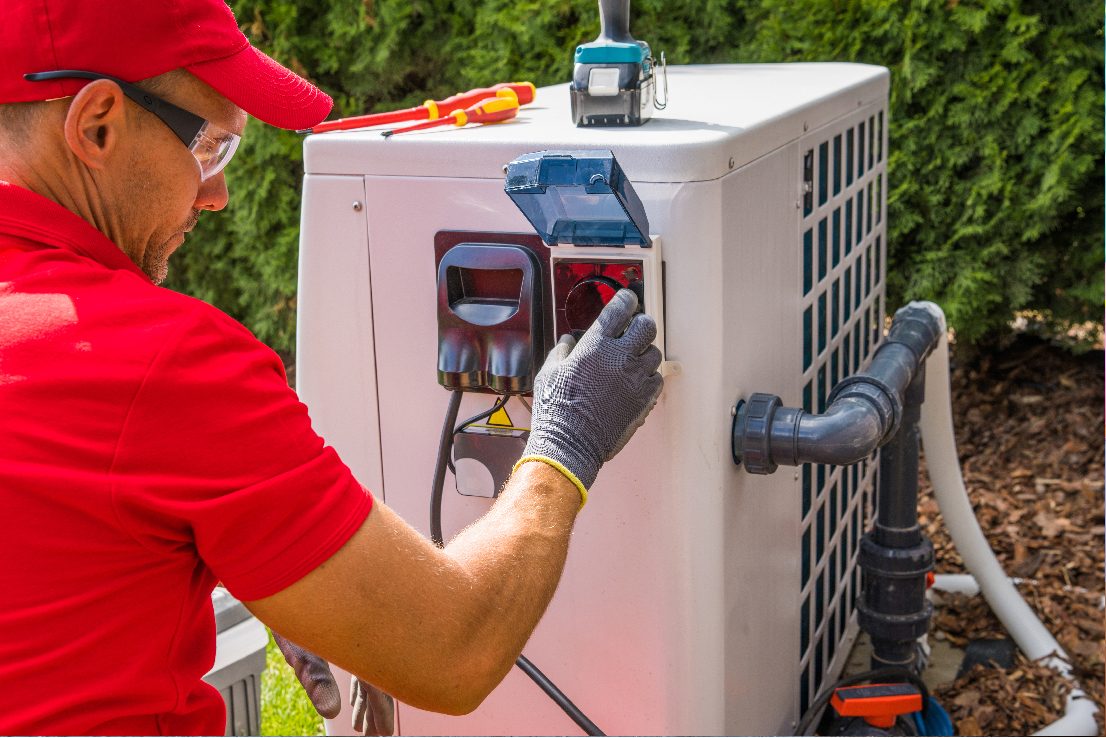Understanding Pool Liners: Types, Pros, and Cons
Choose the Best Liner for Your Swimming Pool by Comparing Different Materials and Styles
Introduction
A swimming pool liner serves as the waterproof barrier between the pool’s structure and the water, ensuring that your pool remains leak-free and maintains its visual appeal. Pool liners come in various materials and styles, each with their advantages and disadvantages. This article will explore the different types of pool liners, their pros and cons, and help you make an informed decision when selecting the perfect liner for your swimming pool.
Types of Pool Liners
- Vinyl Liners
Vinyl liners are popular for both in-ground and above-ground pools due to their affordability and ease of installation. They are available in various thicknesses, styles, and patterns, allowing for customization to suit your pool and personal preferences.
Pros:
- Affordable
- Easy to install
- Customizable in terms of pattern and color
- Comfortable underfoot
Cons:
- May require replacement every 5-10 years
- Vulnerable to punctures and tears
- Can fade over time due to UV exposure and chemicals
- Fiberglass Liners
Fiberglass liners are pre-manufactured shells that are installed into an excavated hole for in-ground pools. They are known for their durability and low maintenance requirements.
Pros:
- Long-lasting (up to 20 years)
- Low maintenance
- Smooth surface reduces algae growth
- Quick installation
Cons:
- Limited customization options
- Higher upfront cost
- Potential for cracking or fading over time
- Concrete and Plaster Liners
Concrete and plaster liners are used in in-ground pools and involve applying a plaster or aggregate finish directly onto the concrete pool shell. This type of liner offers various customization options, including color, texture, and aggregate materials.
Pros:
- Highly customizable
- Durable, lasting up to 15 years with proper maintenance
- Can be refinished or updated without complete replacement
Cons:
- Requires regular maintenance (acid washing, re-plastering)
- Rough surface can be uncomfortable underfoot
- Longer installation time
- Pebble and Aggregate Liners
Pebble and aggregate liners are a popular option for concrete pools, offering a more natural look and feel. They are created by mixing pebbles or aggregates into the plaster finish, providing a unique and durable surface.
Pros:
- Natural appearance
- Long-lasting (up to 20 years)
- More comfortable underfoot than traditional plaster
Cons:
- Higher upfront cost
- Requires regular maintenance (acid washing, resealing)
- Longer installation time
Conclusion
Selecting the right pool liner for your swimming pool is a crucial decision that will impact the longevity, maintenance requirements, and overall appearance of your pool. By understanding the pros and cons of each type of liner, you can make an informed decision that best suits your budget, preferences, and lifestyle. Consider factors such as durability, maintenance, customization, and cost when choosing the best pool liner for your swimming pool, and enjoy a beautiful, functional pool for years to come.




